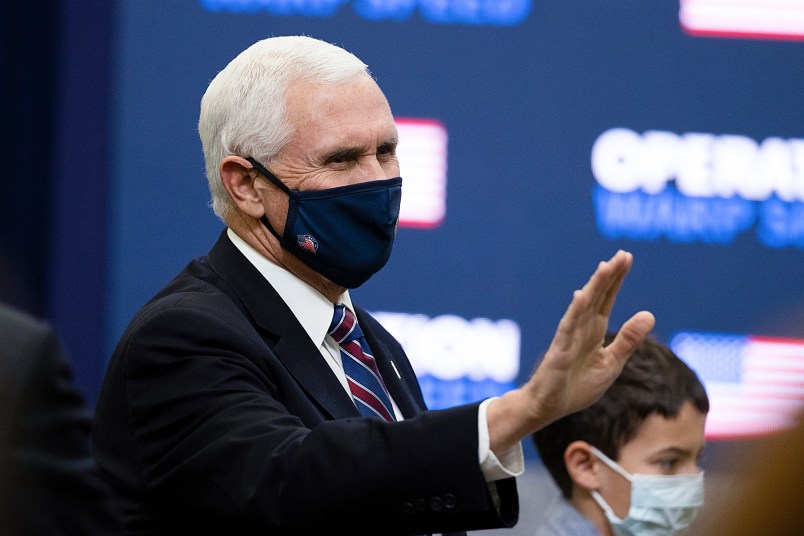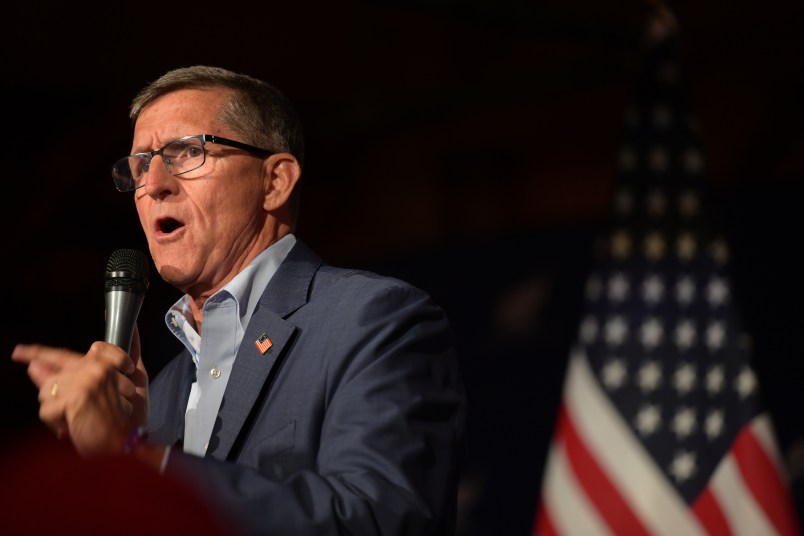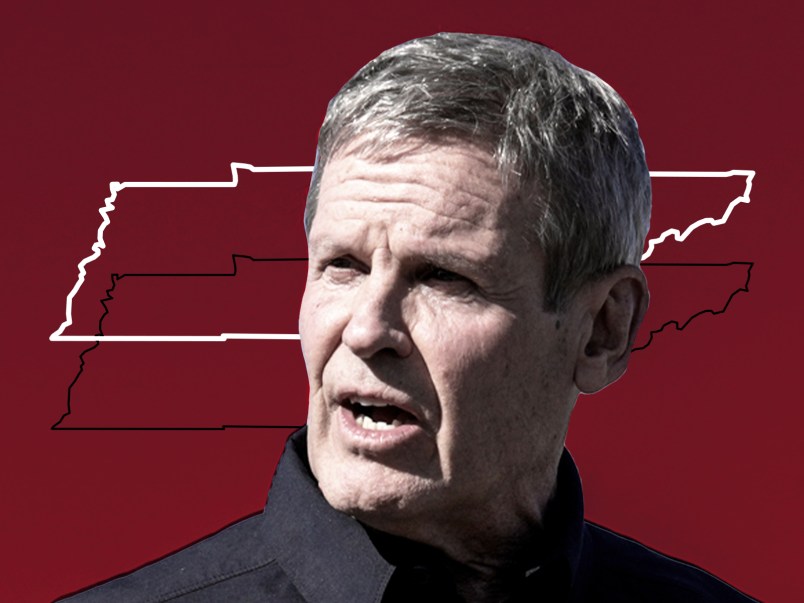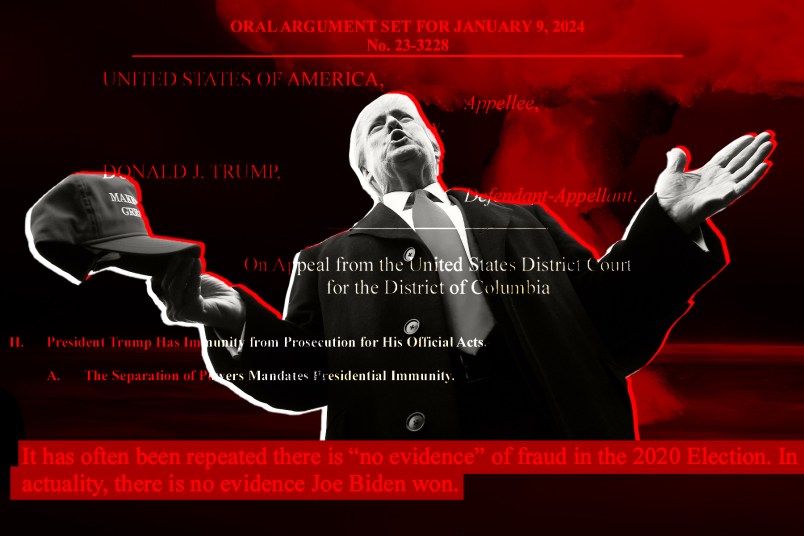The COVID-19 vaccine is out, and it could turn into President Trump’s final dirty trick against Joe Biden.
Trump officials have been offering optimistic timeframes on vaccine distribution that both belie the complexity of what will be the greatest mass vaccination campaign in American history and could serve to set unrealistic expectations for the incoming Biden administration.
“Late February, in the March time period, I think you’ll start seeing [it] much more like a flu vaccination campaign,” said Health and Human Services Secretary Alex Azar.
That rosy estimate comes as Congress has failed to allocate the billions of dollars in funding that states say is necessary for the distribution effort. It also comes as the Trump administration has planned out the initial phase of the distribution effort at the federal level, but left the subsequent phases — set to start after Biden takes office — to the unfunded states.
“I just don’t see how that would happen,” said Dr. Leana Wen, former Baltimore city health commissioner and a health policy professor at George Washington, of Azar’s estimate. “That’s an extremely optimistic projection that assumes everything is done perfectly, and when resources are so limited, that perfect execution is nearly impossible.”
Because the Trump administration has only planned out in detail how the vaccine will be administered to the first groups of recipients, and because of the timeline broadcast by officials like Azar, a potential public health and PR catastrophe awaits the Biden administration in its first weeks. The lack of planning and funding at the state level could boil over just as the vaccine is supposed to have become widely available, and just after Biden takes office.
“It’s obvious how this will go over,” one state official told NBC, referring to the timing.
It also highlights the pressure placed on local officials to execute the vaccine rollout, and on the Trump administration to cooperate with the incoming Biden team.
“Everyone is hoping for a smooth rollout with these priority groups being vaccinated in order to achieve mass vaccination by the summertime, but if any one part of that rollout misses a goal or is not smoothly implemented, it can complicate the entire implementation in major ways,” said Dr. Howard Koh, an assistant secretary for health under President Obama. “There are many, many ways that could happen, and this is where particularly the administration needs to work with the transition and Congress.”
Unrealistic timeframe
With the Pfizer vaccine being injected en masse and Moderna’s set for emergency FDA approval this week, the inoculation campaign is underway.
The first waves of the vaccine are going out to two groups: frontline medical workers and those who live in or work at nursing homes. Kaiser Family Foundations estimates that 17.6 million people fall into those categories.
Then the pool of those eligible for vaccinations would broaden to all of phase 1 — covering essential workers, those older than 65, and those with preexisting conditions. That, per Kaiser, could encompass over 100 million people.
Azar suggested that everyone in phase 1 will be vaccinated by the end of March.
That’s a very tall order — especially given that the Trump administration appears to have only completed planning for phase 1a, the initial 17.6 million, a category of people set to be vaccinated by around the time that Biden takes office.
The Trump administration has laid out a detailed plan to vaccinate that first category; shots are being shipped out to hospitals around the country to ensure that frontline health-care workers are being vaccinated.
To inoculate nursing home residents, the Trump administration has made an exception to its pandemic-long rule of delegating authority to the states. For this, Health and Human Services is footing the bill via a partnership with Walgreens and CVS, who will send vaccinators into nursing homes.
HHS heralded that policy as “minimiz[ing] the burden on [long-term care] sites and jurisdictional health departments of vaccine handling, administration, and fulfilling reporting requirements.”
But there’s no similar federal role for vaccinating the rest of the country — everyone beyond that initial 17.6 million in the Trump administration’s plan.
Rather, what the government is planning to do after these first 17 million receive their doses is ship the vaccine to the states, leaving it to them to administer. Without plans in place for vaccination or the money needed to execute those plans, the scenario sets up the possibility of conspicuous delays in the distribution effort in the opening weeks of the Biden administration.
Gen. Gustave Perna, Operation Warp Speed’s chief operations officer, has said that his office will serve the needs of the states. “Our responsibility is to enable their plan,” he said at a Dec. 2 press conference.
“It’s the state and local leaders that are going to make this a reality on the ground,” Koh said. He added that “vaccination systems take years to build, be upgraded, and adjusted for any new threat.”
“We need to help them to help us,” he added.
An HHS spokeswoman told TPM that the Trump administration would pay for the vast majority of distribution costs — getting the vaccines to the states — and that a program to deliver the vaccine directly to pharmacies would alleviate the burden on local health departments.
State officials dispute this, and say that they need billions to effectively distribute the shot.
Funding vacuum
In this vacuum of a cohesive federal plan, the responsibility of managing and distributing the vaccine has been thrust onto the weary shoulders of state and municipal health departments and hospitals, beleaguered by months of battling the pandemic with too few resources and too little help.
As TPM reported, many of those officials are only just now turning their attention to the mammoth undertaking of vaccine distribution. Some were unable to yet identify the gaps in funding they’ll need filled to smoothly pull off a mass vaccination campaign. Others, while attempting to jerry-rig a safety net from rainy day funds or alternate revenue streams, have sounded the alarm about the catastrophe that could develop without critical funding from Congress.
Dr. Wen, the former Baltimore health commissioner, said that the final stretch of distribution — once Operation Warp Speed delivers the vaccine to state authorities — is the hardest to execute, and has received the least attention.
“Once the vaccine becomes the responsibility of state governments it becomes extremely complex, because it’s that last mile that is full of many potential roadblocks and where many issues could occur,” Wen said.
Congress is running out of opportunities to act. Currently, lawmakers are working on COVID-19 aid proposals to attach to a spending measure that must be passed by Friday to avoid a government shutdown.
At the moment, there are two proposals floating around the Hill, produced by a bipartisan coalition of House and Senate members. One, likely too politically freighted to pass, includes $160 billion for state and local governments. The other, much more likely to see the light of law, includes $6 billion for vaccine distribution.
The $6 billion is in line with the Trump administration’s estimates, but well below the $8.4 billion estimated to be needed by the Association of State and Territorial Health Officials and Association of Immunization Managers.
An HHS spokesperson told TPM that the CDC is additionally distributing $140 million this week for vaccine planning. Some states, including the hard-hit Wisconsin, have been working on applications to get a slice of that funding.
Meanwhile, what aid Congress was able to pass in the CARES Act last spring is expiring.
The Treasury Department has been doling out aid from a $150 billion Coronavirus Relief Fund to state, local and tribal governments who have needed it as the pandemic wallops their resources and drains their bank accounts. But that money only covers COVID-19-related costs incurred from March 1, 2020 to December 30, 2020. In two weeks, that aid will be gone.
The lack of funding has likely already caused delays in hiring vaccinators and conducting public awareness campaigns for the vaccine rollout that will ripple into the Biden administration.
“It takes time to ramp up,” Wen said. “Hiring vaccinators is no small feat and takes time. Building community trust is not something that happens overnight”












The military is already fully-funded federally and can/should be made available.
If you’re driven to play games with the vaccine, there is no one lower … anywhere.
He is an utter moral failure.
TPM is always rife with optimism.
Up here in Canada the military is involved. It was the obvious choice when the size of our country and diverse terrain is considered; the far north as an example. The same should be the case in America.
If Trump can declare a national emergency to take money allocated elsewhere for a monument to racism, “the wall that Mexico will pay for”, then Biden should be able to do the same for vaccine to end the Trumpence-demic.
That said, I have real concerns the Republican Supreme Court is set to rule just after Biden takes office that Biden does not have the very same powers the Chief Injustice Roberts and the Republican lesser injustices gave Trump. That is there is a case before the Court that it decided to hear just after Trump leaves office, a case identical to one it decided in 2018 that Trump did have the power, that the Court is hearing on the wall. The problem is if the Supreme Court had any intention of ruling against Trump it would have not allowed him to spend the money ahead of its decisions but the Court did allow Trump to spend the money ahead of its decision. What this means, allowing Trump to spend the money ahead of its decisions, is that the Supreme Court had no intention of limiting Trump’s power but only took the case so it could limit the President’s power should the president be other than Trump.